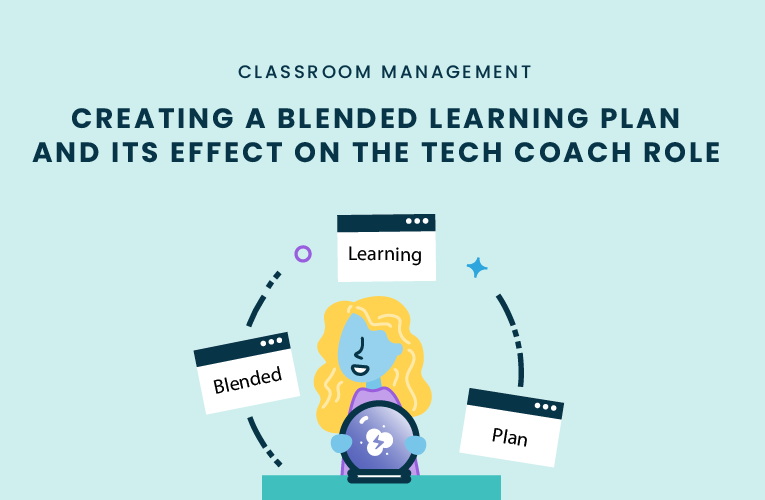Creating a blended learning plan is a crucial tactic that is being implemented into classrooms around the country, especially with the onset of remote learning. During this time of remote learning, teachers and those with a tech coach role have discovered how prevalent blended learning is going to become with our technology-driven world, driving many teachers and technology teams to put a blended learning plan in place.
Blended learning often takes on a different definition in various school districts. During a recent conversation on the Tackling Tech Podcast with IT Coordinator, Stephanie Howell (mrshowell24), we were able to learn about the approach Pickerington School District has taken to implement a blended learning plan.
3 Phases of Implementing a Blended Learning Plan
Pickerington School District took a unique approach to create 3 phases for implementing their blended learning plan.
Phase 1 of the Blended Learning Plan
The first phase began with each teacher utilizing a rotational format of 4 stations in their classroom.
Station 1- 4 C’s
Students are using the 4 C’s of 21st Century Learning (communication, collaboration, creativity, and critical thinking) to guide blended learning. At this station, students are producing work rather than consuming it.
Station 2 – Teacher-Led
This station is teacher-led where the students work in small groups with the guidance of their teacher. In these small groups, students work with their teacher to learn a new concept or to review skills from previous lessons.
Station 3 – Independent
The independent station is critical to students’ mastery of material through blended learning. Students work independently at station 3 and are practicing skills they have previously learned.
Station 4 – Digital Content
This station is focused on digital content where students are solely using computers or other technology to complete activities that reinforce the lesson. Examples of programs used by Pickerington Schools include EdPuzzle, iReady, and Gizmos.
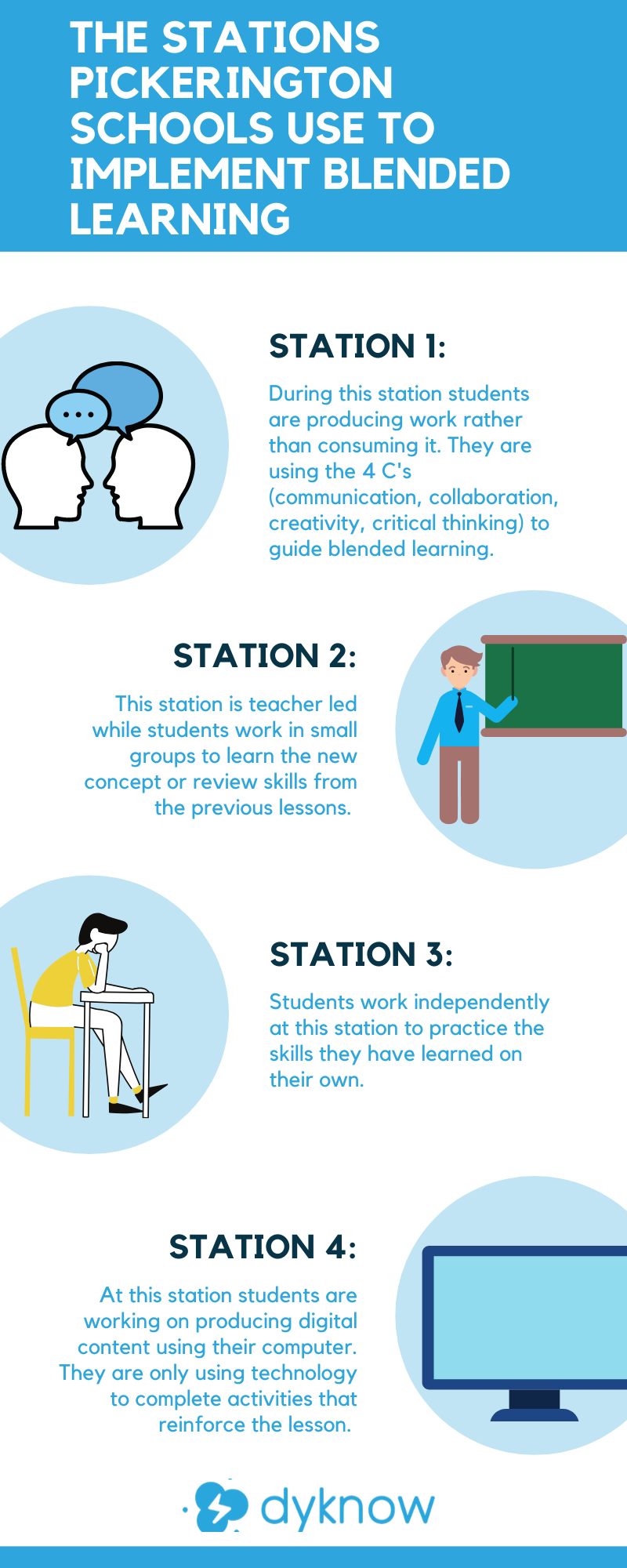
Phase 2 of the Blended Learning Plan
Phase 2 begins when the teacher is comfortable with this station rotation. This phase of the blended learning plan includes the teacher creating a playlist or checklist of activities they want to complete. The intention of this phase is to move towards more data-driven instruction to fully implement blended learning.
Phase 3 of the Blended Learning Plan
The third phase is focused on personalization and differentiation. During this phase teachers are working to differentiate their lesson plan, so when the time comes to fully implement blended learning all individual students’ needs are met.
How a Blended Learning Plan Effects the Tech Coach Role
As a tech coach, Stephanie explained that she had to learn early on that she was going to always have to be one step ahead of teachers. With the implementation of a blended learning plan, she stays one step ahead of teachers by understanding the phase they are currently in and where they want to go. Understanding what level teachers are at is important because as a tech coach she always needs to understand which process to walk them through.
Another important skill Stephanie has had to take on as a tech coach during blended learning is how to model a process. Specifically, she focuses a lot of her time modeling classroom management as it is a very important tool when introducing technology into the classroom.
Stephanie also models for teachers how to fix their mindset for professional learning during the implementation of blended learning. She explains the difference as it no longer being about the teacher standing at the front of the room and students listening. Instead, it is more about active learning, collaboration, and talking. Stephanie believes the best way to see student improvement is to collaborate and to talk.
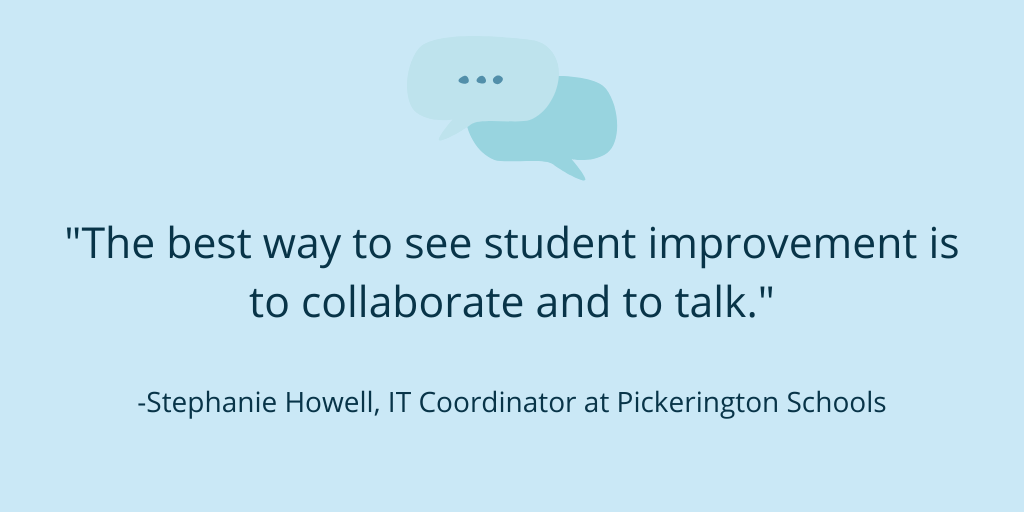
The implementation process of blended learning is challenging. We put together a SlideDeck to help better explain how to create a blended learning plan and its effect on the tech coach role:
Blended learning is a hot trend in the education world today. It is important to understand the different approaches that can be taken when implementing a blended learning plan and how this implementation effects the tech coach role.
Listen to full conversation with Stephanie Howell
Stephanie Howell, the IT coordinator for Pickerington School District in Ohio, shares her experience training teachers during remote learning. Her district has 21 models of what next year could look like and is preparing this summer for all possibilities. Stephanie turned to her international Personal Learning Network for guidance when COVID derailed the school year.
Start teaching confidently with Dyknow for free!
Latest blog articles
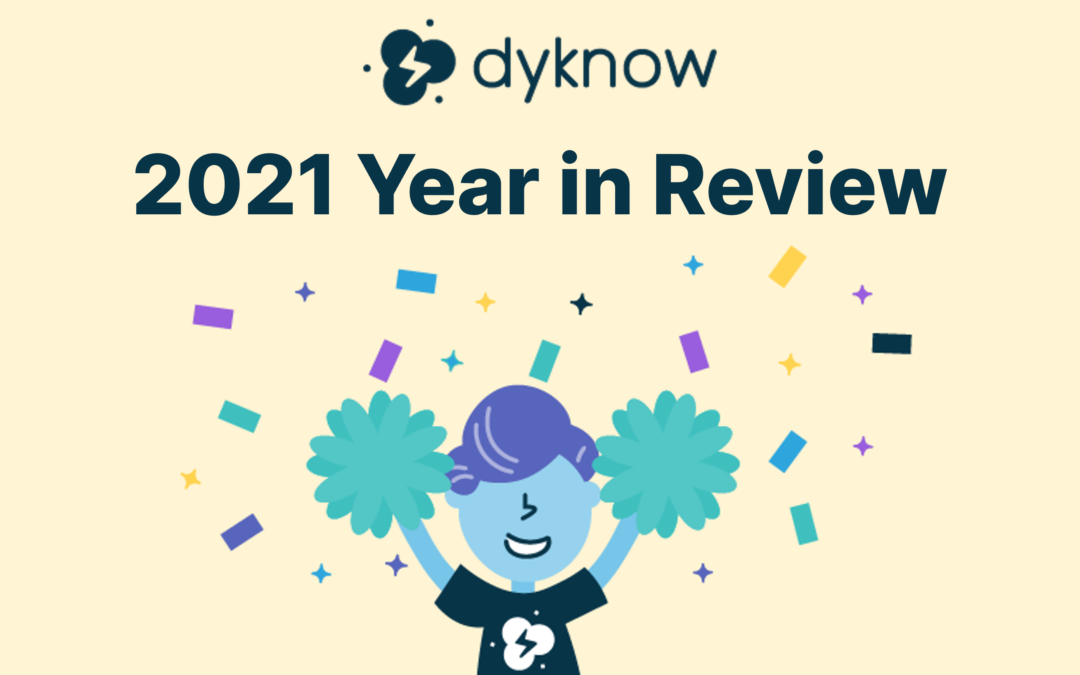
Dyknow 2021 Year In Review
In addition to web browser updates and bug fixes, Dyknow released several major product updates, new features and enhancements. Check out Dyknow’s 2021 Year in Review!
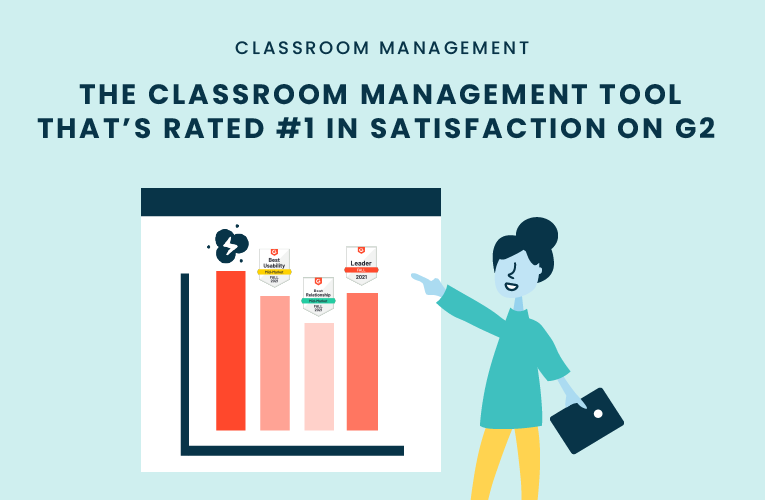
The Classroom Management Tool that’s Rated #1 in Satisfaction on G2
K-12 Administrators across the world trust G2 as the #1 platform to find, research, and choose EdTech tools that solve the most pressing problems their teachers are experiencing. In G2's Fall 2021 Reports, Dyknow was once again rated #1 in overall Satisfaction out of...
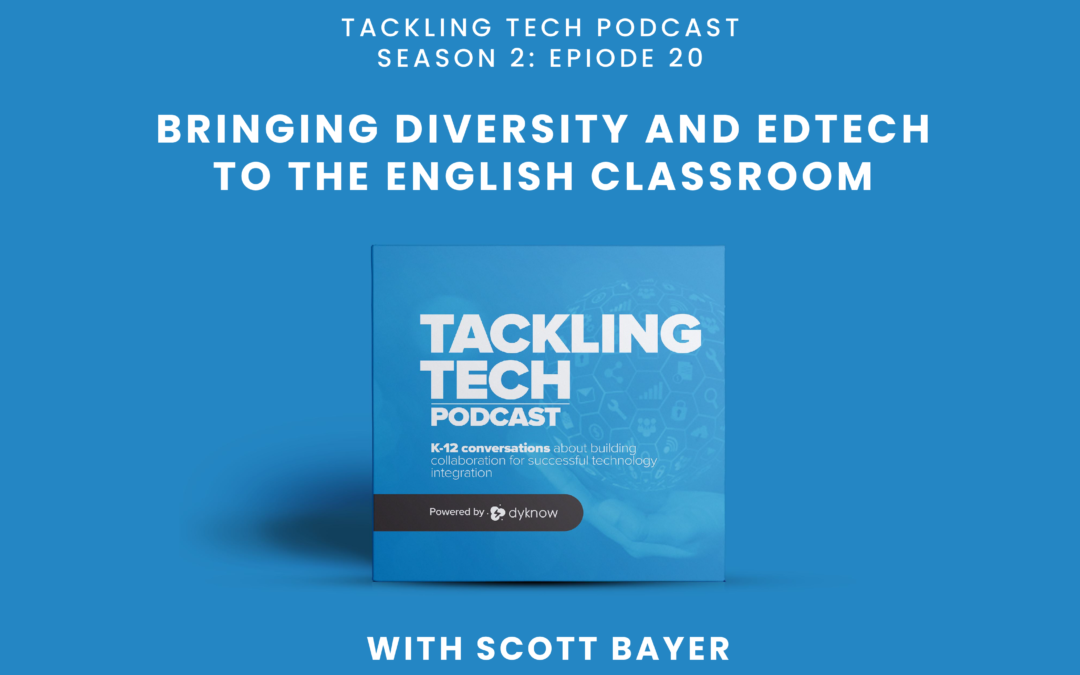
Bringing Diversity and EdTech to the English Classroom
On this episode of Tackling Tech, Tierra Leustig interviews Scott Bayer about being an anti-racist teacher, diversifying reading lists, creating inclusive learning environments, and leveraging ed-tech in non-technical ELA classrooms. Scott Bayer is a High School...

